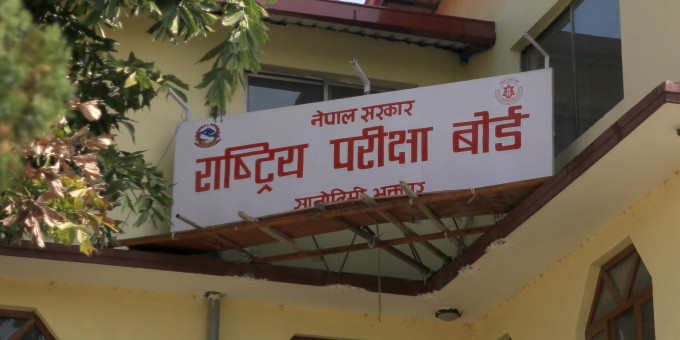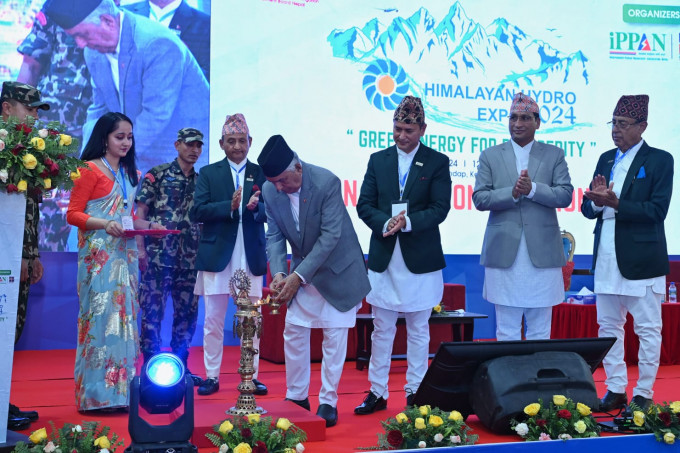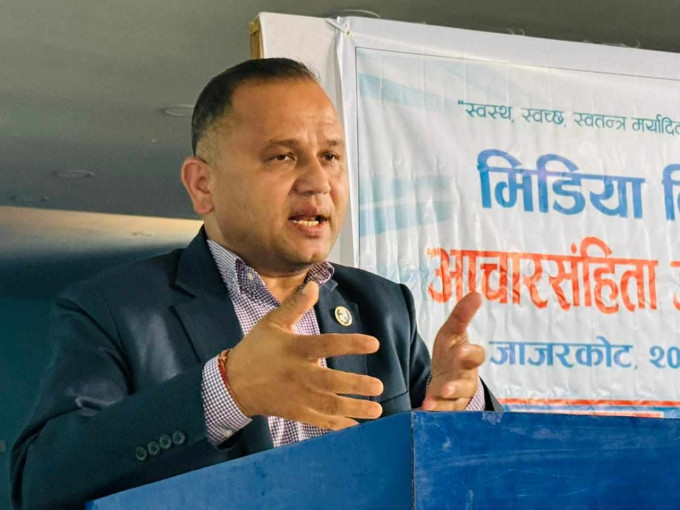Everyday, waste weighing several hundred tons is produced by the Kathmandu Metropolitan City, most of which ends in Sisdol Sanitary Landfill. There is, by far, no formal recycling process conducted by the Kathmandu Metropolitan City (KMC), who is responsible for handling waste produced by the metropolitan.
Since 2005, Kathmandu’s waste destination has been Sisdoll. The Solid Waste Management Technical Support Centre (SWMTSC) runs the site. SWMTSC is under the Ministry of Federal and Local Development (MoFALD), even though it operates independently. However, the lack of recycling activities puts an extreme stress on the landfill sites which are soon destined to exhaust.
“A lot of resources can be gathered from what we throw away considering it to be ‘waste’ material,” says Pankaj Panjiyar, Chief Operation Officer at Doko Recyclers.
Doko Recyclers is a leading social enterprise that helps people in managing and recycling dry waste. It also works on generating public awareness on how people can recycle a lot of what goes into the public trash cans and later landfills.
Recycling is also an income opportunity. Doko Recyclers accepts a wide variety of used items at fixed prices, including wine bottles, old furniture, used copies, cardboard, paper cups and many more. “Nepal’s waste management problem has turned out to be a good entrepreneurship opportunity for us, but there is still a need to generate public awareness on the matter. Many people are not considering segregating their throw away items,” says Panjiyar.
Before much of what was produced as waste was organic, households could reuse the waste as compost manure and it was managed by the household members itself. Led by urbanisation and an exponential growth of residents living in the city, the waste of industries and even households got dumped in the Bagmati River. That ended in 2005, with Sisdol.
Due to the frequent strikes in the Sisdol Landfill site, the waste gets dumped alongside the roads, causing foul smell and health hazards for the people living and having work places in those areas. This further validates the need to scientifically manage waste and turn towards an ecological waste management process.
It is evident that landfills are not a sustainable place to dispose of all waste. Stressing it more means there will soon be a need for creating another landfill site. The amount of waste can be substantially reduced through waste segregation at homes itself.
“Recycling and waste management are complementary to each other, they should go hand in hand,” says Panjiyar.
READ ALSO:









